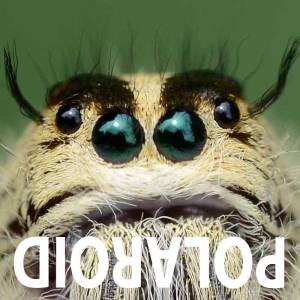Hairstreak butterfly 2
Hairstreak butterfly 2
To be honest, it was not looking good for the hairstreak butterfly part 2 blip, the bush was totally devoid of butterflies. I proceeded to shoot everything else to make sure I at least had something to blip. Probably would have been better to start a bit later than 07:00 to give them a chance to wake up some.
Eventually found a hairstreak, but I was a bit too keen moving in, taking the insects boldness for granted, she was not happy about my advances and flitted to a branch deeper into the spiky mimosa bush. I thought for a moment, considering the options and decided to pursue, as this may be my only chance for a shot today. This time a proceeded with a little more stealth and subtlety and captured my images.
Happy with my Hairstreak success, I continued to shoot some of everything and ended up taking the counter down to zero, with 220 shots on the card. I did regret my enthusiasm later, as I was stuck at the computer for three hours, processing the fruits of the day.
Various types of hairstreak butterfly are found all over the world including parts of the British isles. There is a lot of information on the web about the hairstreak butterfly, but still I have failed to identify this particular species, close but no cigar.
Towards the rear of the rear wing, there is the standard false eye painted on the underside, but the real defense mechanism of this curious insect, is the false eyes and antennae at the rear. The false eyes are two flaps of wing material at the point of the tail that bend outwards and display eye patterns. Just above the false eyes are two false antennae that the butterfly can actually move.
As I mentioned yesterday, the butterfly offers it's rear end to anything that gets too close and irritates her. She waggles the false antennae around and also slides her wings up and down, each wing in the opposite direction. I am not sure what effect that this action is supposed to represent, but they all do this strange movement. I felt no desire to have a bite of her tail, so maybe it works.
There appears to be a blister on the rear wing, in the middle, just behind it's leading edge. At first I thought this was a fault, but have seen the blister on several specimens. Again, I cannot think of it's purpose, but Darwinian evolution does not keep features just because they look good, everything is there for a purpose, we just have to figure out what that is.
I will try and get a head shot tomorrow to complete the set, as the head is quite striking too. Also I still have a few paragraphs to spew out on the subject.
Dave
- 2
- 0
- Olympus E-10
- f/4.0
- 36mm
- 80

Comments
Sign in or get an account to comment.


